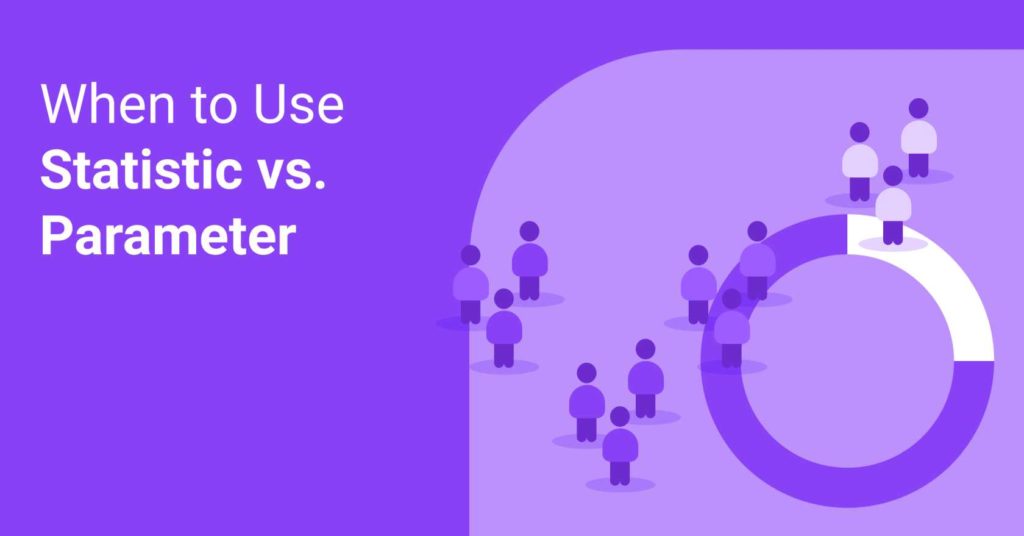A parameter is a value that sums up data for a large group of people while a statistic is the numerical representation of data in a sample or a fraction of the total population.
A parameter is a value that represents the whole community while statistics is a value that represents a pattern.
Here are some of the main differences between parameter and statistic to help you understand how both differ:
Parameter Vs Statistic:
What is Parameter?
A parameter is a fixed population characteristic based on all members of a population.
The word population here refers to a group of units under examination with similar characteristics.
Because each member of the population is surveyed to determine the parameters, it is a numerical value that remains unchanged.
Parameter shows the actual value, which is determined after the survey is completed than statistic.
What is Statistics?
Statistics is a numerical value obtained from a sample of data.
This description is a method of statistical measurement and sample observation.
A sample is a subset of a population that accurately reflects the complete population in all of its characteristics.
The most common use of statistics is to estimate population parameters.

What is Difference between Parameter vs Statistic:
A statistic is a defined and variable number that is based on a population sample, whereas a parameter is a numerical value that is set and undetermined.
So, what’s the difference between the two if they’re both similar but have different measures? Let’s discuss the difference between parameters and statistics.
| Parameter | Statistic |
| A parameter is a numeric value that is constant and unknown. | Statistics are variables that depend on the number known and the percentage of the population. |
| Some statistic notation for parameter: σ = Population Standard Deviation N = Size of Population P = Population Proportion X = Data Elements ρ = Correlation coefficient μ = Population Mean | Some statistical notation: s = Sample Standard Deviation n = Size of sample p̂ = Sample Proportion x = Data Elements r = Correlation coefficient x̄ = Sample Mean |
| Measuring a parameter is nearly impossible. | A statistic can be measured at any time as compared to parameter. |
| Surveying parameter measurements are less expensive. | It is costly to conduct a statistical survey. |
| It requires less time to survey parameter estimates. | It requires more time to survey statistic analyses. |
Conclusion:
After reading this article you learned a lot about the differences between parameters and statistics, they are no longer able to confuse you.
To summarise the discussion, the parameter is the numerical value derived from the population, While a result is obtained from a sample, the numerical value is referred to as a statistic.
• Section Under Diff